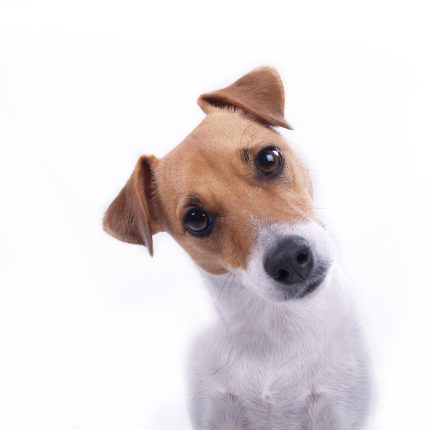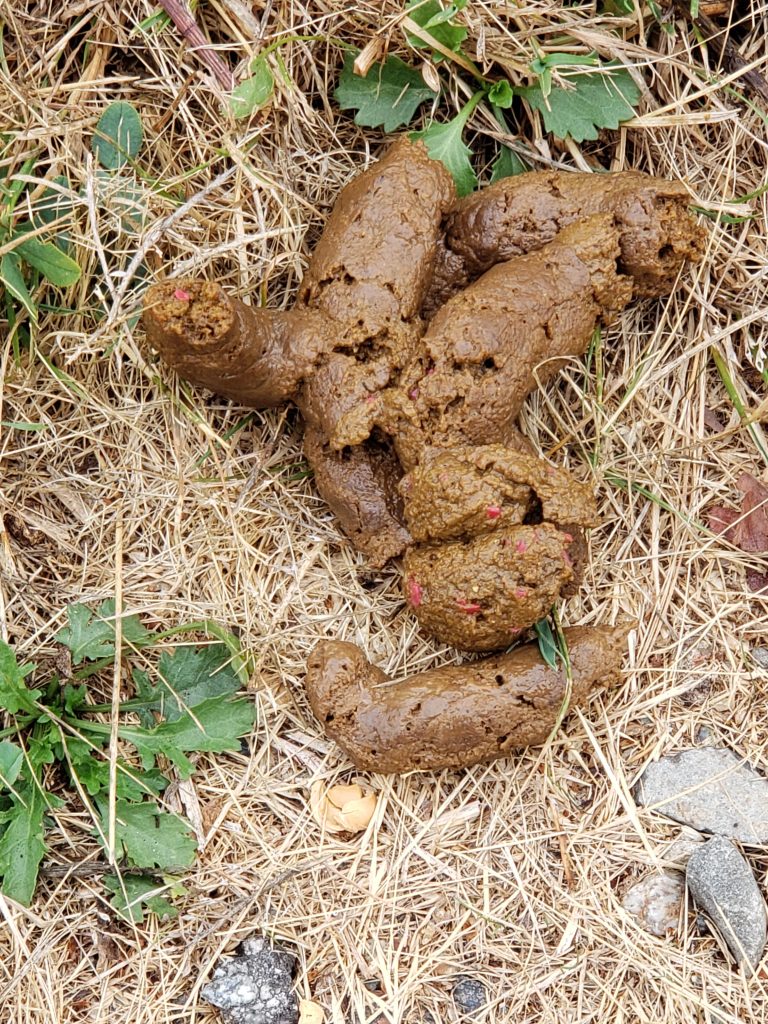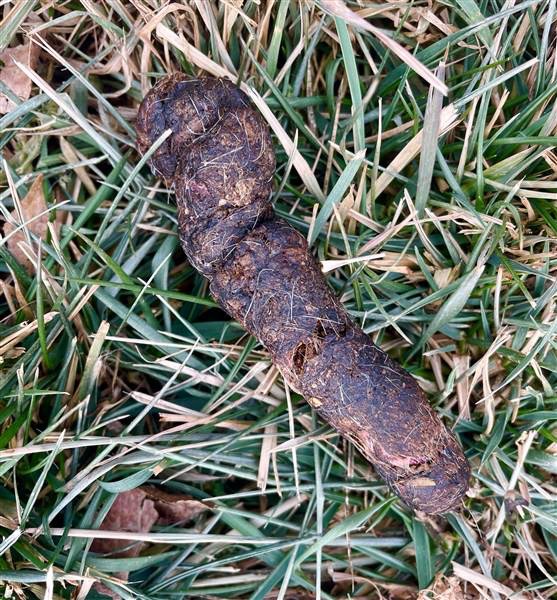What can we learn from our pet’s poo?

What can we learn from our pet’s poo?
One of the most praised benefits of switching your dog from a diet of processed kibble or canned food to a truly raw diet is without a doubt the smaller, drier, and less frequent stools that are quick and easy to clean up. Sounds great, right? Have you ever wondered why raw-fed poop is so different from kibble-fed poop? Just like with humans, your pet’s stools are a great indicator of their health …read on to learn how.
Variations you may notice in your pet’s poop and what they can tell us about their health.
The color, size, and consistency of our pets’ stools all tell a story about their health. Whether you are feeding a raw diet or a kibble diet, it is important to check your pet’s poop regularly so that you can have a clearer picture of how well—or not—their bodies are functioning. Fresh food diets are very different from processed kibble or canned food diets and produce different poop as a result. These are some differences you may notice in raw and kibble stools, and what they can tell you about your dog’s health:
Color
Raw fed: Depending on the protein you are feeding with a truly raw diet, the color of stools will naturally change. For example, poultry produces lighter-colored stools, while red meats produce darker-colored stools.
- Yellow-light brown. White meats such as chicken or turkey can cause yellow-light brown stool due to lower amounts of myoglobin in the meat.
- Dark brown. A diet high in red meat can cause very dark brown stools due to the higher myoglobin content.
- Black. Black solid stool can result from a high amount of blood and myoglobin in the meal. This often comes from organs like spleen and red meat.
- Black tar stool. Feeding too much organ meat can result in loose stools that are often black and tar-like. However, be sure to rule out non-dietary medical causes with a veterinarian.
- White. Too much bone/calcium can result in stools that are excessively hard, chalky, dry, or crumbly upon elimination. However, if they look this way after sitting outside for a few days, then that is normal.
Kibble fed: Kibble fed poo tends to be a consistent brown due to the lower amount of meat protein and higher amount of carbs and plant protein, and the similarity of ingredient makeup across the board.
Size
Raw fed: In this case, less is more! Smaller stools mean more food has been properly digested and more nutrients have been absorbed by your dog. Small, firm log-shaped stool is what you want to see. But it’s important to note that pellet-like stools that resembles deer droppings may indicate constipation.
Kibble fed: Large, prevalent stools are the norm with a kibble fed diet. Kibble can include many processed ingredients that are not digestible for pets and offer very little nutritional value, leaving you with more to clean up.
Consistency and texture
The consistency of stools can tell you what you need to adjust in your pet’s feeding routine and, when feeding raw, will help you to dial-in what products or ingredients to incorporate to stabilize the stools back to a healthy consistency.
Raw fed: If you are noticing that your pet’s stools are hard and slightly chalky or crumbly, this means that they may be lacking organs in their diet or are consuming too much bone (calcium). Try reducing bone/calcium and incorporating appropriate organs, more fiber, boneless meat and our Protect: Soil Based Probiotics to soften them up.
There can be a myriad of reasons for soft stools and diarrhea. If the stools become too soft, the pet parent must consider the likely cause and consult a veterinarian when necessary. Some potential causes of loose stools and diarrhea include:
- Low Calcium: homemade diets that lack bone or a calcium source can cause loose stools
- Lack of Fiber: some dogs need fiber that a purely meat, bone and organ diet often does not provide. Adding fibrous vegetables, fur, feathers or psyllium husk can help.
- High Fat: some dogs cannot tolerate higher fat diets. It is recommended to reduce fat when dealing with loose stools.
- Pathogens: various environmental parasites, protozoa and bacteria can cause loose stools or diarrhea. Your veterinarian can perform several tests such as a fecal float, ELISA test, and Infectious PCR to screen for these.
- Medical Conditions: there are medical conditions such as pancreatitis or IBD that can cause loose stools when not managed appropriately with diet modifications and medication.
- Food Allergies and Intolerances: diarrhea can occur when trigger foods are fed. These foods can be identified with an elimination diet and should be eliminated from the diet.
- Overfeeding Organs: organs such as liver, kidney, spleen etc. are rich foods which can cause loose stools when overfed.
- Overenthusiastic Transition: many pet parents often become overenthusiastic when transitioning their dog to a raw diet. They may introduce too many new foods or proteins too quickly, resulting in digestive upset.
For acute diarrhea, we recommend a lean, bland diet and our Gut Guard to soothe and repair leaky gut. Gut Guard is for temporary use only and should not exceed 60 days. If you do not see a resolution in 24-48 hours of use, seek guidance from your veterinarian. A veterinarian should be seen immediately if diarrhea is paired with lethargy, vomiting, pale gums, or refusal of water.
Kibble fed: Due to kibble packaging and processing, the ingredients are highly susceptible to denaturation and oxidation. These processes can alter the chemical makeup of the food, inviting unwanted pathogens and creating irregular stool consistencies as a result.
Don’t take our word for it, the proof is in the poo!


Can you guess which stool was produced by a raw fed dog and a kibble fed dog?
Your pet’s stools paint a picture of what they are eating, how well they are digesting, and their overall health, so be sure to keep an eye on the tail end and reach out to us for a consultation on how to transition your pet from a processed kibble diet to truly raw.
Disclaimer: This blog is intended for educational purposes only. You are responsible for your pets’ health and safety. We encourage you to research topics further and consult with your Veterinarian or Pet Nutritionist before modifying your pets’ diet. If you’d like more one-on-one guidance, we offer consultation calls with our in-house raw feeding experts.